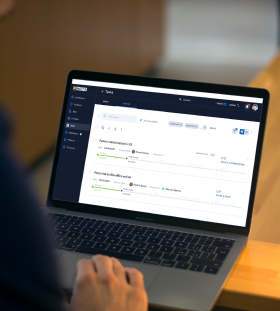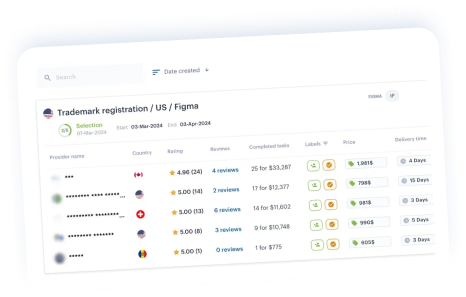Odpowiedź Urzędu Patentowego
Podczas badania możesz otrzymać Office Action, które może zawierać wymagania lub sprzeciwy. To nie jest problem. Adwokat przeanalizuje to, opracuje strategię i przygotuje odpowiedź



Podczas badania możesz otrzymać Office Action, które może zawierać wymagania lub sprzeciwy. To nie jest problem. Adwokat przeanalizuje to, opracuje strategię i przygotuje odpowiedź







-
Asystent IP oparty na sztucznej inteligencji, który pomoże Ci w ciągu kilku minut utworzyć szczegółowe zadanie.
-
Wybór najodpowiedniejszego lokalnego rzecznika patentowego w oparciu o określone kryteria.
-
Analiza działań urzędu, opracowanie strategii reagowania, przygotowanie i złożenie dokumentów przez prawnika.
-
Monitorowanie i raportowanie online na platformie w trakcie całego procesu.

-

Ponad 800 kancelarii prawnych zajmujących się prawem własności intelektualnej z ponad 150 krajów, rankingi i recenzje
-

Asystent IP oparty na sztucznej inteligencji, który pomaga tworzyć zadania i znajdować odpowiednich prawników
-

Stałe opłaty, bezpieczne i szybkie płatności online z gwarancją rezultatów
-

Dostęp do procesu rejestracji 24/7 i internetowe przechowywanie danych dla wszystkich Twoich spraw
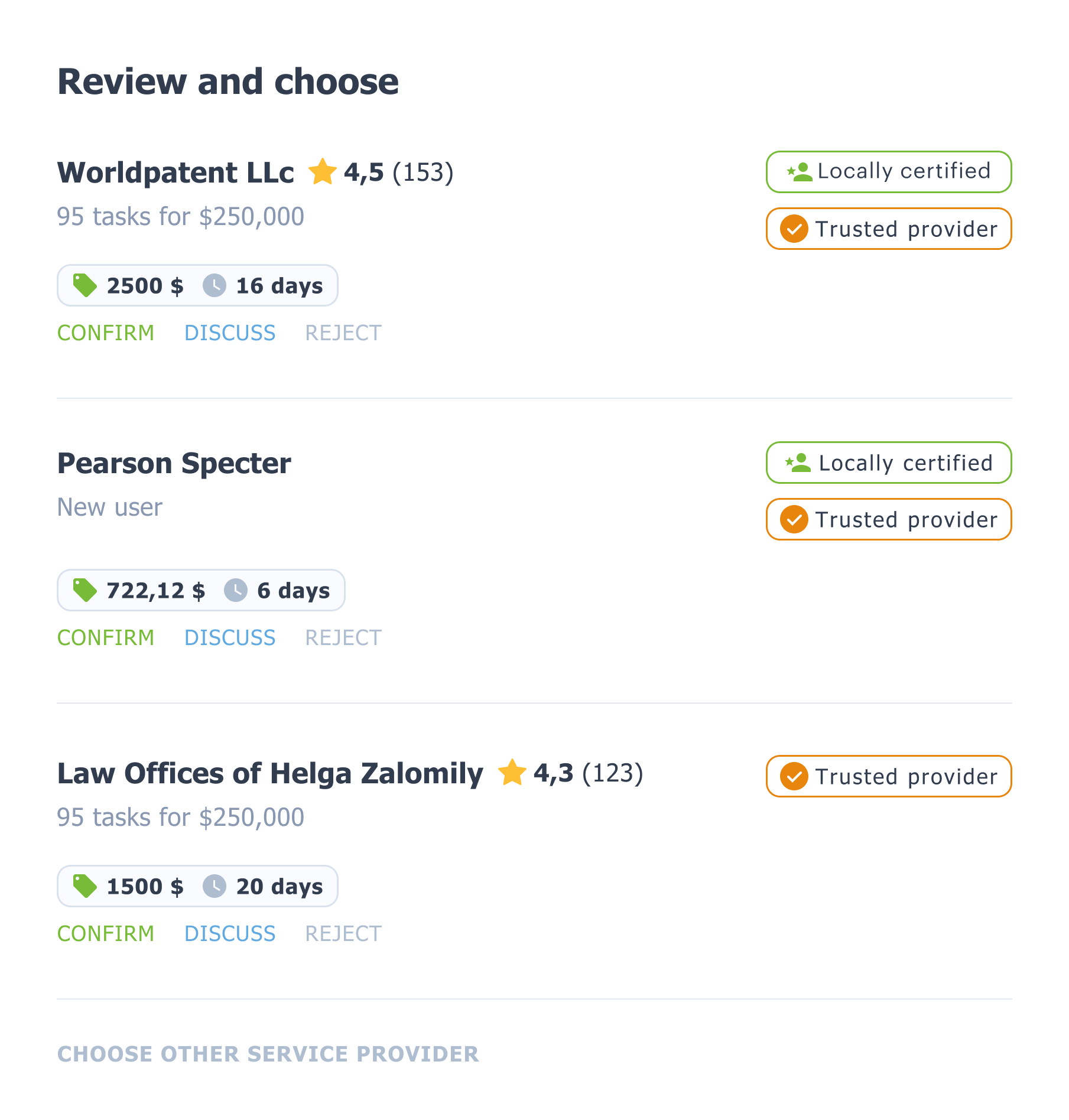







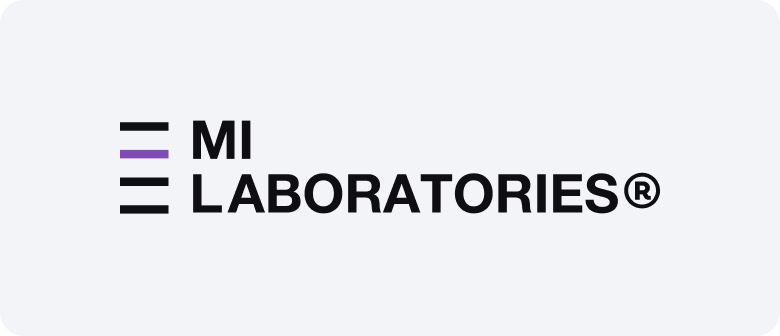

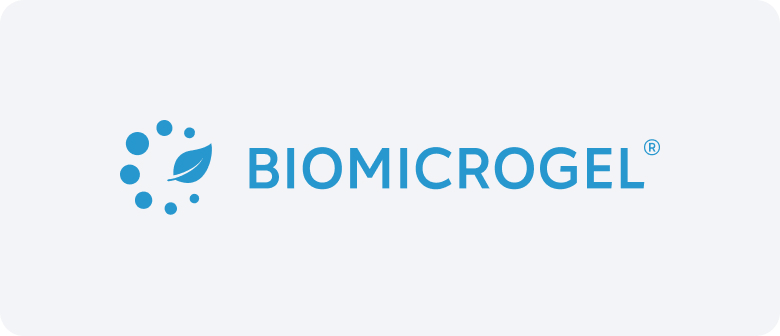
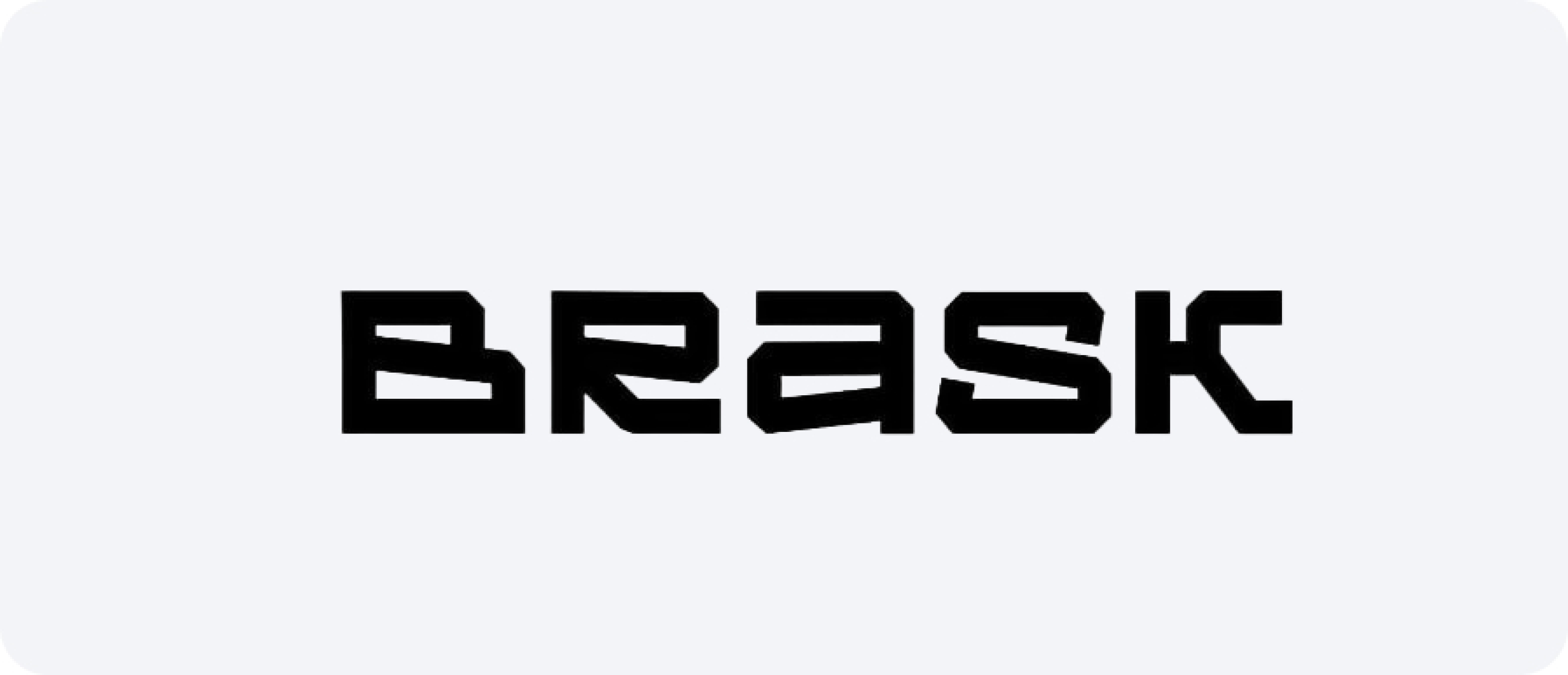




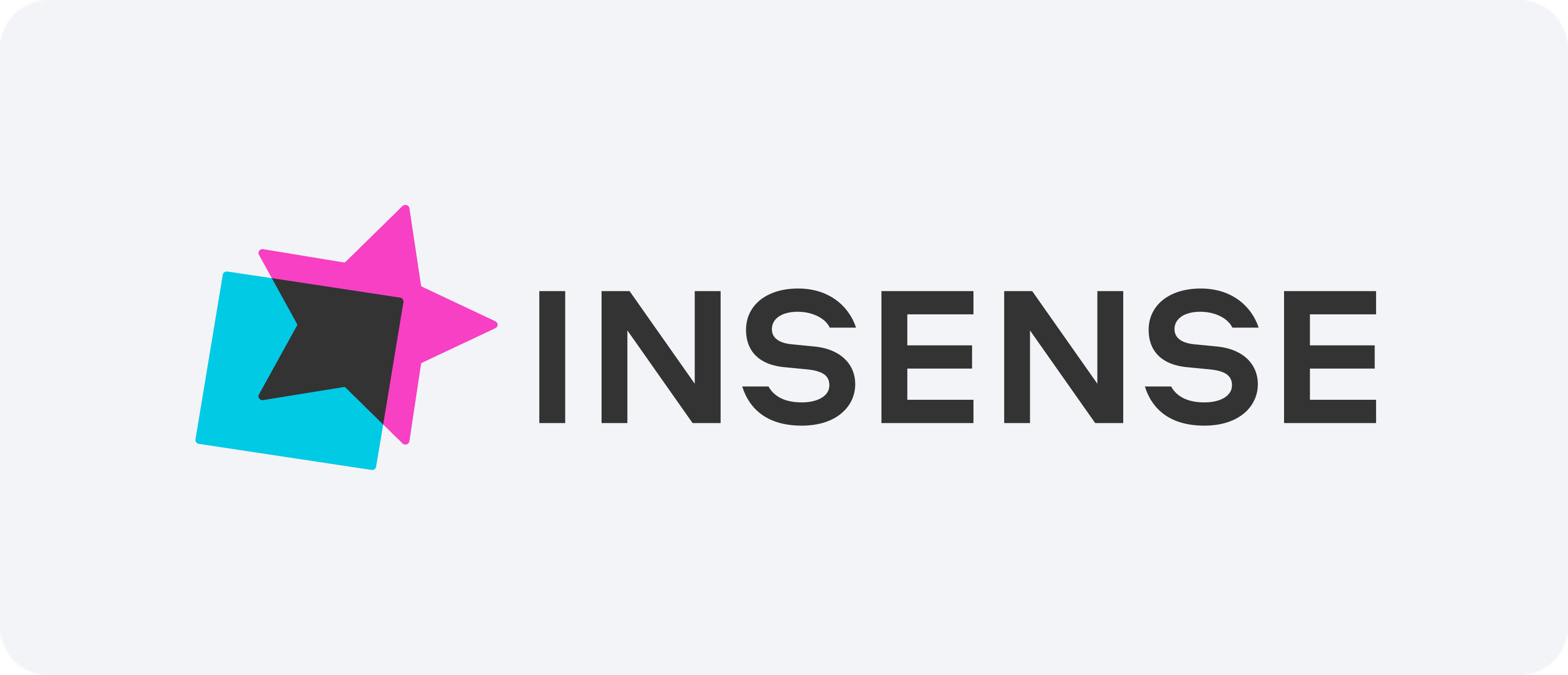

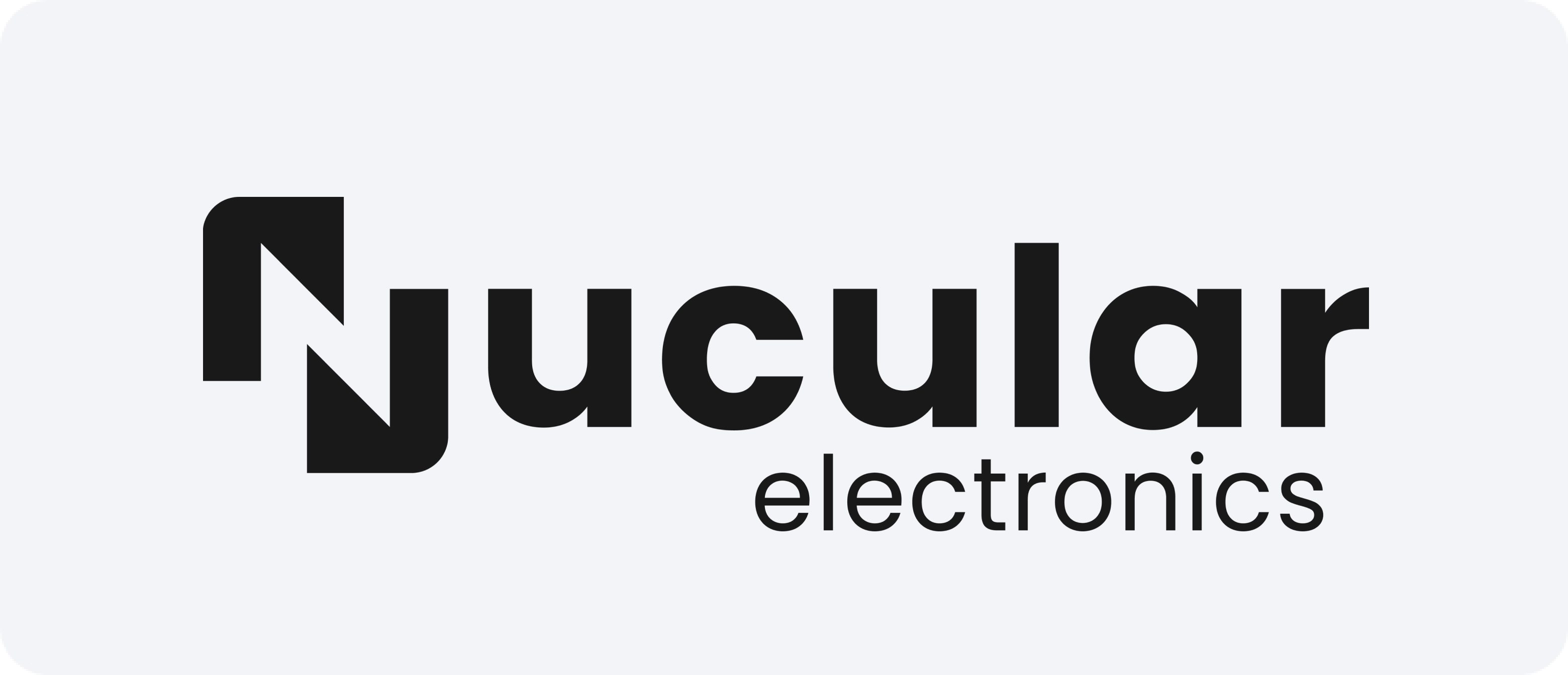






















Reakcje Urzędu na działania: Skuteczne strategie postępowania patentowego na całym świecie
Ubiegając się o ochronę innowacji na całym świecie, wynalazcy i firmy często stają przed krytycznym zadaniem przygotowania odpowiedzi na działania urzędu. Dokumenty te odgrywają kluczową rolę w procesie ścigania, decydując o losie wniosków w różnych jurysdykcjach. Każdy organ patentowy ma własne podejście do oceny roszczeń, a zrozumienie, jak skutecznie reagować na sprzeciwy lub odrzucenia, jest kluczowe dla osiągnięcia sukcesu na całym świecie.
Dobrze przygotowana reakcja na zawiadomienie o badaniu patentowym może znacząco zwiększyć szanse na uzyskanie patentu na wynalazek. Niezależnie od tego, czy sprzeciw dotyczy nowości, poziomu wynalazczego, jasności, czy kwestii formalnych, solidna strategia dostosowana do jurysdykcji pozwala uniknąć niepotrzebnych opóźnień i kosztów. Ze względu na zróżnicowane przepisy i praktyki badawcze, prawidłowa odpowiedź wymaga doświadczenia, wiedzy technicznej i znajomości globalnych procedur.
Kluczowe elementy udanej odpowiedzi
Kandydaci muszą dokładnie przeanalizować zastrzeżenia egzaminatora i sformułować odpowiedź spełniającą zarówno wymogi prawne, jak i techniczne. Niedopełnienie tego warunku może skutkować odrzuceniem lub porzuceniem wniosku.
Do typowych kwestii poruszanych w zawiadomieniach o egzaminach należą:
- Brak nowości lub kroku innowacyjnego
- Niejednoznaczność lub nieokreśloność roszczeń
- Niewystarczające ujawnienie w specyfikacji
- Braki formalne lub proceduralne
Każdy rodzaj sprzeciwu wymaga specyficznego podejścia. Skuteczna procedura powiadomienia o badaniu powinna uwzględniać wątpliwości egzaminatora w sposób jasny, zwięzły i przekonujący. Argumenty muszą być poparte dowodami, poprawki muszą być precyzyjne, a wszelkie zmiany w roszczeniach muszą być zgodne z lokalnymi przepisami.
Poruszanie się po procedurze powiadomień o egzaminach na całym świecie
Procedury rozpatrywania zawiadomień o badaniach znacznie różnią się w zależności od kraju. Chociaż cel pozostaje ten sam – uzyskanie patentu – droga do jego uzyskania w dużej mierze zależy od przepisów lokalnych organów. Oto, jak jurysdykcje na całym świecie zazwyczaj różnią się w sposobie rozpatrywania reakcji:
- Stany Zjednoczone:USPTO zezwala na szczegółową argumentację i poprawki roszczeń. Obowiązują ścisłe terminy.
- Europa:EPO stosuje ustrukturyzowany proces badania, kładąc szczególny nacisk na przejrzystość i pomoc w opisie.
- JaponiaJPO koncentruje się na szczegółowych wyjaśnieniach technicznych, często wymagających głębokiego zrozumienia zagadnień inżynieryjnych lub naukowych.
- Chiny:CNIPA stawia na efektywność, ale egzekwuje ścisłą formalność i przestrzeganie procedur.
- Indie:Procedura ta wymaga zwrócenia uwagi na kroki innowacyjne i lokalną interpretację prawną.
Terminowe i precyzyjne odpowiedzi pomagają utrzymać dynamikę procesu. Niedotrzymanie terminów lub przedstawienie słabych argumentów może mieć poważne konsekwencje. Dlatego niezbędne jest zaangażowanie specjalistów z doświadczeniem w prowadzeniu postępowań sądowych na skalę globalną.
Kroki, które należy podjąć podczas przygotowywania reakcji na działania w biurze
Oto lista kontrolna działań, które pomogą usprawnić proces i zwiększyć szanse na sukces:
- Dokładnie zapoznaj się z zawiadomieniem o egzaminie, aby zrozumieć zakres zastrzeżeń egzaminatora.
- Przygotuj projekt, w którym każdy punkt zostanie logicznie i wyczerpująco omówiony.
- Przeanalizuj zakres roszczenia i zdecyduj, czy konieczne jest wprowadzenie zmian w celu przezwyciężenia skutków odrzucenia.
- Aby wyjaśnić roszczenia lub ułatwić ich zrozumienie, skorzystaj z dokumentacji technicznej lub rysunków.
- W przypadku składania wniosku w nieznanych jurysdykcjach skonsultuj się z zagranicznymi współpracownikami.
- Śledź terminy i wymogi proceduralne, które mogą się znacznie różnić w zależności od kraju.
- Złóż odpowiedź na zawiadomienie o egzaminie w odpowiednim terminie, aby uniknąć przedłużeń lub anulowania egzaminu.
Wniosek
Skuteczne reagowanie na zawiadomienia o egzaminie jest kluczowym elementem strategii międzynarodowej. Każdy krok wymaga starannej analizy, wiedzy technicznej i wiedzy proceduralnej. Opracowując solidną strategię otwartego dostępu (OD), wynalazcy i firmy mogą zmaksymalizować wartość swoich innowacji i uzyskać ochronę na całym świecie.
Opanowanie sztuki reagowania na wynalazki może przekształcić sprzeciwy w szanse. Niezależnie od tego, czy masz do czynienia z USPTO, EPO, JPO czy jakimkolwiek innym organem krajowym, posiadanie ustrukturyzowanej i przemyślanej strategii zapewnia sprawniejsze postępowanie sądowe i silniejsze aktywa własności intelektualnej poza granicami kraju.
